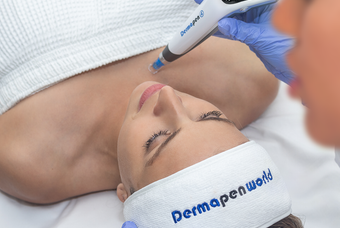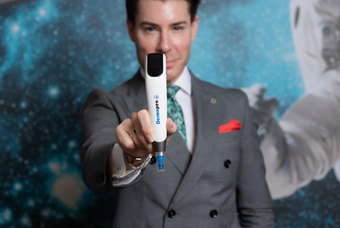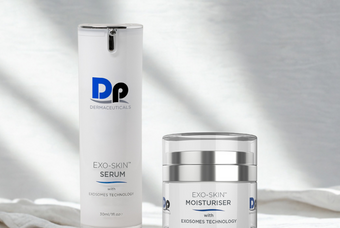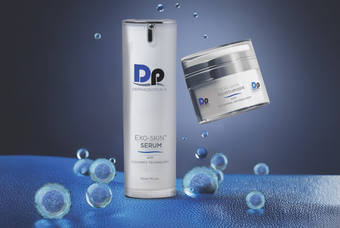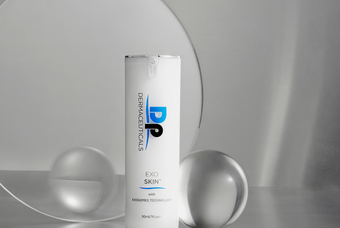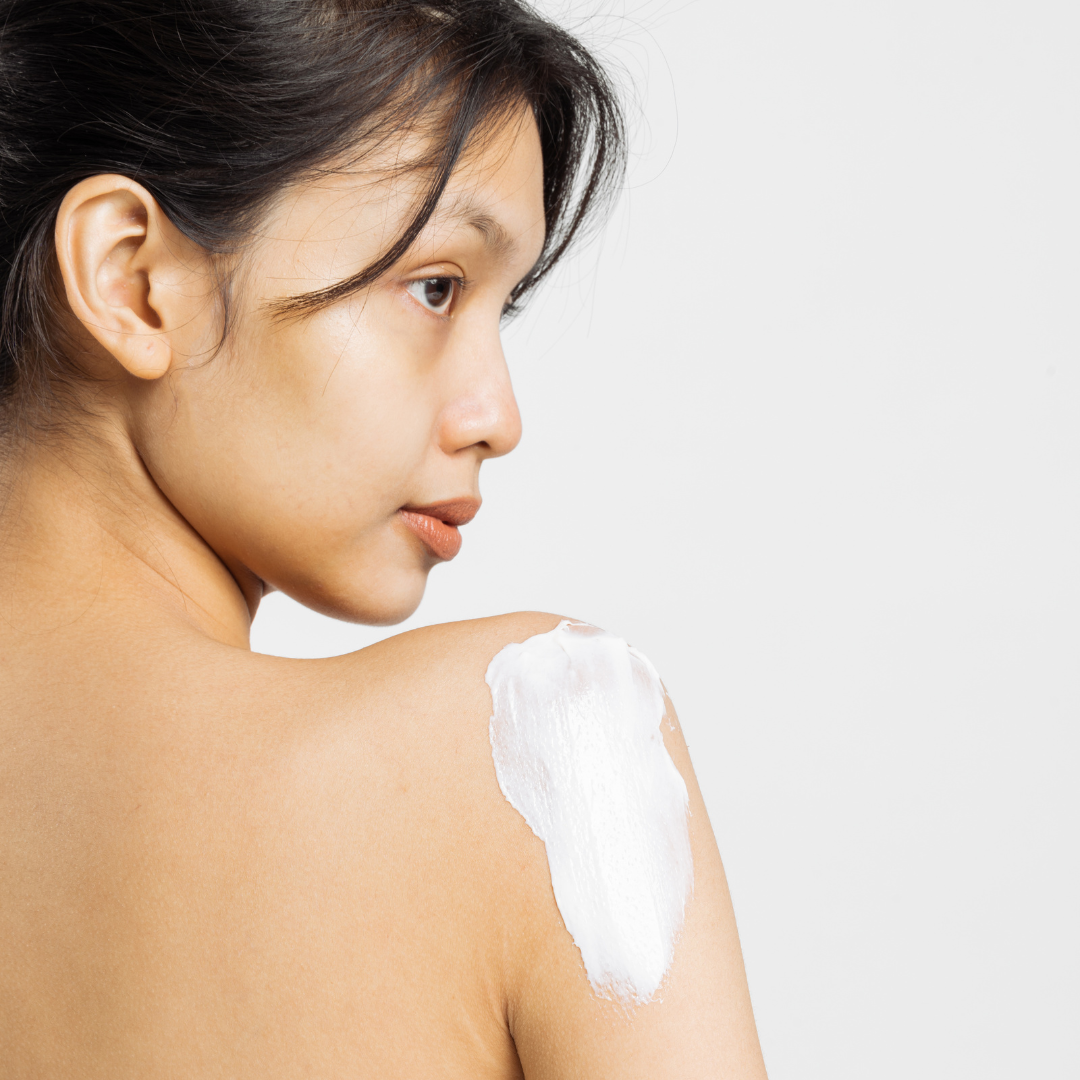Sunscreen? But it’s January...
Precisely! Did you know that the presence of snow doubles your exposure to UV rays?
The cold weather experienced by most of the northern hemisphere makes many forget to put on sun protection as we tend to associate it with the warmth of the sun.
However, the heat is not the culprit that causes sunburn or the hyperpigmentation and possible skin cancer associated with exposure to the sun - UV rays do. And UV rays are present even if it’s cold or cloudy. NOTE: While clouds block some UV rays, they do not block UVA rays, which also penetrate water’s surface.
Why Should I Use Mineral Sunscreen vs. Chemical Sunscreen?
First, it’s important to remember that any sunscreen is better than none. So if you are in a situation where you are exposed to the sun and chemical sunscreen is the only one available, put it on.
If you have been following the FDA probe into sunscreens since 2019, you may know that new rules will go into effect for labeling chemical sunscreens. This new order also reserves GRASE (“generally recognized as safe and effective”) status strictly for physical, or mineral, sunscreens containing zinc oxide and titanium dioxide, like the Dp Dermaceuticals Barrier Body Butter SPF 50.
Chemical Sunscreens
In the U.S, the active chemicals most used in sunscreens include oxybenzone, avobenzone, homosalate, octisalate and octocrylene. They work by first permeating into your skin - which is why you should apply and then wait 30 minutes before going out into the sun - then absorbing UV rays and converting them to heat, a less harmful energy for skin. In some cases, the active ingredients can even enter your bloodstream.
These chemicals are deemed safe for topical use in a specific concentration. However, 78 out of 300 brands tested by the independent pharmacy Valisure were found to contain significant and harmful levels of benzene that have the potential to wreak havoc on the endocrine system and contribute to the development of cancer. Shockingly, only two of those 78 have been recalled so far.
Considering the potential harm that chemical sunscreens can cause and their intrusive interaction with the skin, physical sunscreens make a better choice. As per the chart below, it should also be noted that there is no one chemical sunscreen ingredient currently approved by the FDA that offers both UVA + UVB protections. However, mineral sunblock ingredient Zinc Oxide, does.
Mineral Sunscreens
Also known as physical sunscreens or sunblock, these work by having the active ingredients, Zinc Oxide and Titanium Oxide, ‘sit’ on top of your skin and block the UV rays from entering the skin surface.
Zinc Oxide, present at 24% concentration in the Barrier Body Butter SPF50, is a broad spectrum UV blocker, meaning that one ingredient can block both UVA + UVB rays.
Considering their non-invasive interaction with skin, and soon exclusive GRASE status with the FDA, mineral sunscreens are a safer choice than chemical ones.
It’s important to read the full list of ingredients. Some sunscreens combine physical and chemical sun-filtering ingredients. Or they could contain other undesirable, non-active ingredients such as known hormone disruptors not pertaining to sun protection.
Which is the Best Mineral Sunscreen for the Body?
One of the misconceptions of mineral sunscreen is that it goes on like a white cast. While that may have been the case in the past, it’s no longer so!
The best mineral sunscreen for the body will go on clear or with a sheer glow, and will contain ingredients that not only protect you thoroughly from UV rays but also nourish and hydrate your skin.
BARRIER BODY BUTTER offers the following benefits:
- Water-resistant broad-spectrum, non-chemical SPF 50 and PA++++ for high UVA and UVB protection
- Helps prevent visible sunburn if used as directed with other sun protection measures
- Decreases the risk of early skin aging caused by the sun
- Nourishes and protects the skin, with intense hydration
- Non-oily, non-greasy buttery texture glides on to veil the skin
- Unique barrier SPF blends into the skin for invisible protection
Which is the Best Mineral Sunscreen for the Face?
While the Barrier Body Butter is soft and light enough to be used on the face as well as the body, Cover Recover™ SPF 30 may be a preferred option for individuals:
- Healing from an aesthetic treatment such as microneedling
- Who prefer tinted sunblock that doubles as buildable camouflage
Cover Recover from Dp Dermaceuticals is a healing cream, a full spectrum sunscreen, and a post-procedure cover up. It combines ingredients that help the skin recover from resurfacing procedures, while also protecting it from harmful bacteria, UV rays, and other environmental factors that can often make recovery tricky.
Questions about choosing the best mineral sunscreen for your body? Email us at info@dpderm.com or chat us now.


